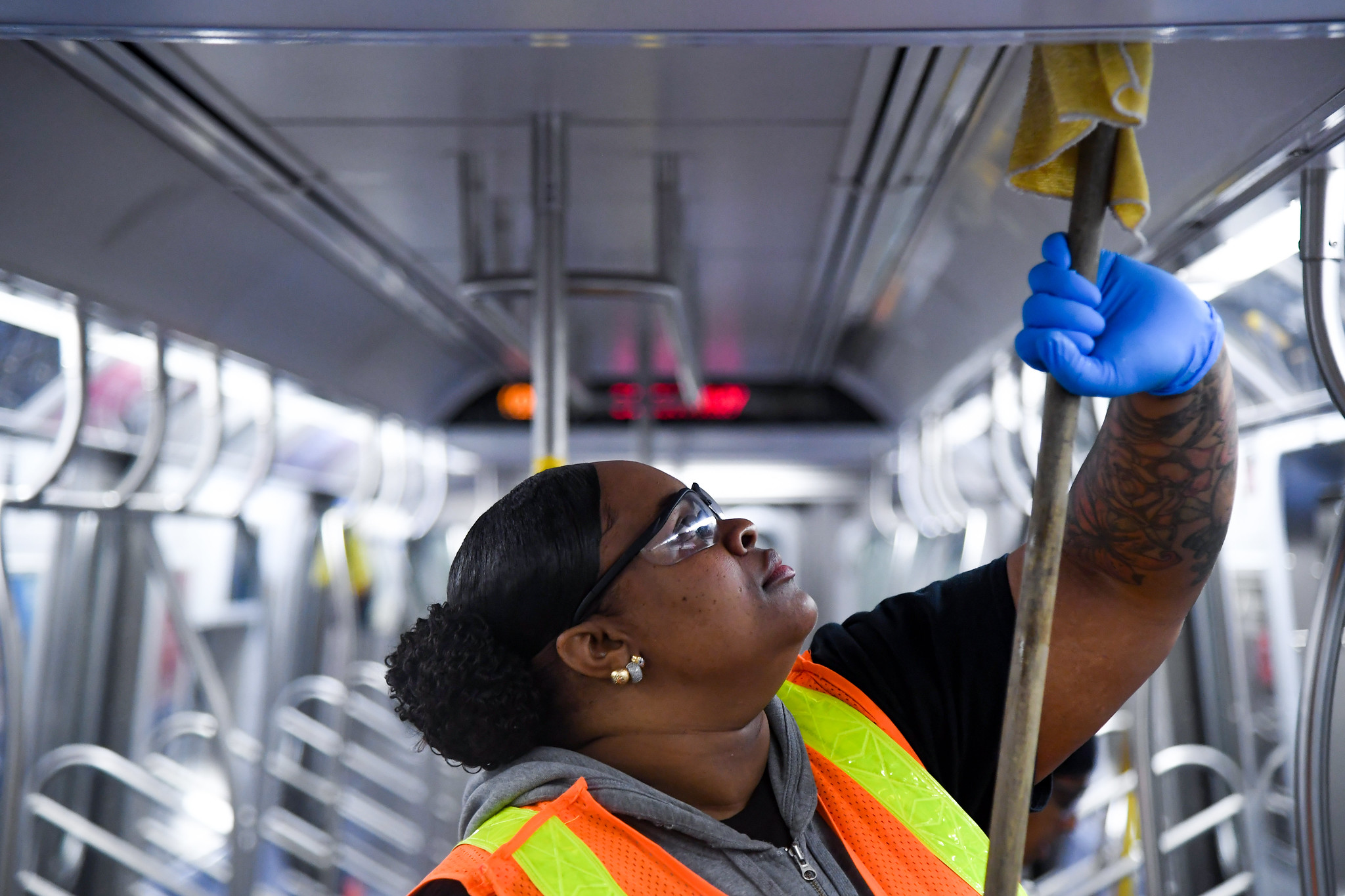In 1989, Joseph Cianciotti was part of the team at Bergelt Litchfield Raboy & Tsao that produced the celebrated advertising campaign, “We’re Coming Back, So You Come Back,” which promoted the city subway after decades of decline. As the MTA again tries to dig out from a crisis and restore ridership after COVID-19, Streetsblog asked Cianciotti for how he would use ad-industry techniques to bring back public confidence. Here's what he said:
In 1989, our task as marketers was to combat the perception that the subway didn't work and was filled with crime. But the MTA had invested an enormous amount of money, so we could show progress: trains newly free of graffiti, more cops on the trains and platforms, workers fixing the tracks, riders willing to give the system a chance. So that's what we did — we leaned in and owned that the system still had a long way to go, but was making measurable progress.
In a sense, we didn’t have a choice. As I told a reporter at the time, "If the campaign had smiley, happy people saying, 'I ride the subway and I love it,' people would wonder what planet you were from." Our ads tried to replicate the feel of a subway ride, with clacking tracks and “you are there” images, cutting those shots with interviews of a broad cross-section of New Yorkers offering their unvarnished reactions.
Yet the task was much simpler than what the MTA faces today. It is going to take a conference of experts from mass transit and public health — not a mere ad campaign — to figure out the measures that will attract passengers back to the trains.
The MTA needs to look at safety practices from other transit systems, such as France and Japan, for guidance. What are they doing to stem the spread of COVID in their systems? How can those practices be effectively applied to the much larger New York City transit system? Only after the MTA has a solid plan can it even consider messaging that will reassure and lure back riders.
In 1989, the question for riders was, “Can you trust the subway?” And we could respond, “Come down and take a look!” COVID-19 is a bit akin to the perception of crime back then — that crime “was everywhere” — but the virus is even tougher to message. Unlike the criminals back in the day, the virus is an unseen enemy. You can't arrest it.
Today, the question is, “Do I trust that the person next to me isn't infected?”
It's part of a bigger issue: What's going to happen to social life in New York? Do I go to the club? The movie? The concert? The ballgame? The decision for riders is also different. Then, it was “Do I take a cab, or do I take a bus?” Now, with so many people telecommuting, it’s a question whether they return to transit at all.
We can’t afford to let that happen. I would counsel the same approach as the agency took in 1989, under its legendary public-affairs strategist John Linder: Don’t sugarcoat the problem. Own it.
Then, as now, there’s no other choice.
So, as someone who works in Midtown Manhattan and looks forward to taking the subway again, I hope that the MTA will adopt and publicize the best safety practices that will restore public confidence in the system. I’m sure that, in this effort, it will harness the talents of the finest minds in New York City.
Joseph Cianciotti is creative director at a New York advertising firm.







